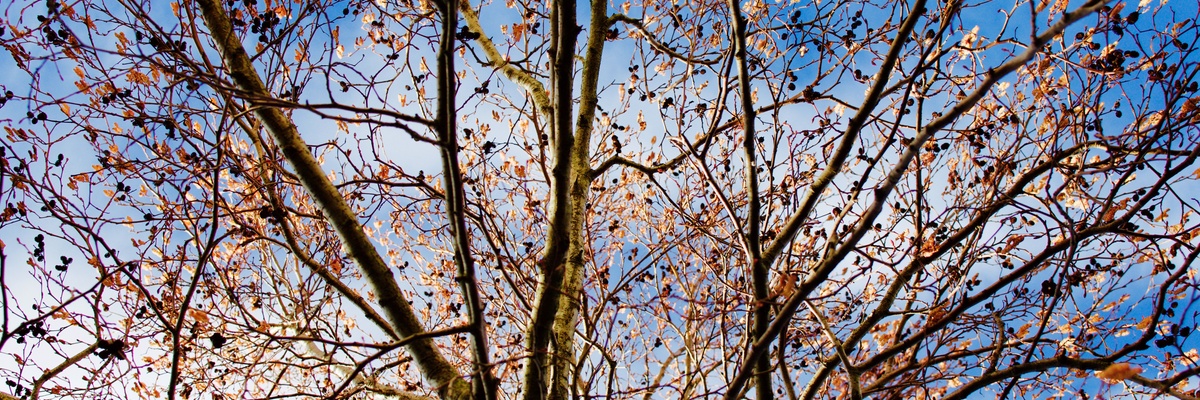
"Welcome to Pocket Forests. We want to help your school, business or community create a native pocket of biodiversity on your doorstep. Collaborate with friends, colleagues or neighbours to bring a forest to your part of the city. Find out more about how it works." - Ashe Conrad-Jones and Catherine Cleary, co-founders of Pocket Forests

A Pocket Forest is created through a series of half a day to full day workshops. First, a site visit is conducted. Secondly, two soil preparation days are scheduled. Thirdly, a planting workshop is led. Lastly, a How to Care for Your Forest workshop is run.
Identifying your Pocket Forest site
In identifying a suitable space, here are some important factors you should consider:
Designing your Pocket Forest
The Pocket Forests team will lead the project for you. After selecting your site, get in touch with the Pocket Forests team and we will come to your site to help you measure out and design your forest.
Pocket Forests order all the materials needed to create your forest including the trees and shrubs.
Pocket Forests team leads a soil preparation workshop
A small team of people to work with the Pocket Forests team will be needed to prepare the soil. Community involvement is one of the key pillars of any Pocket Forest. People with no experience of gardening or forests can participate in these workshops which takes place between September and November.
You'll need at least 10 volunteers but of course the more the merrier! Your team will need to start collecting some of the materials needed for the workshop. These include:
Pocket Forests will source all other materials needed. The Pocket Forests team will also be there throughout the day to help. You may want to check if you need public liability insurance to work with volunteers and also liaise with the Pocket Forests team for Garda clearance for working with a school.
Picture your Small Pocket Forest
We will talk you through the options for designing your Small Pocket Forest.
Once you've done this and you have a plan in place for the area you can ask your team to gather some of the materials you will need for the soil preparation. These include:
Pocket Forests team leads a planting workshop
A small team of volunteers to work with the Pocket Forests team will be needed to plant the trees. Community involvement is one of the key pillars of any Pocket Forest. The collaboration of the trees is reflected in the collaboration of the people who plant them. People with no experience of gardening or forests can participate. This is planting with low-maintenance and high-enjoyment of the forest!
You'll need at least 5 volunteers but of course the more the merrier! Your planting workshops take place between December and February in the bareroot season.